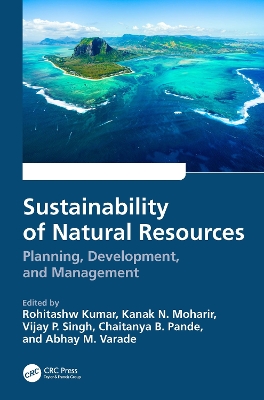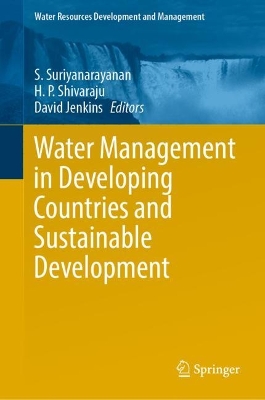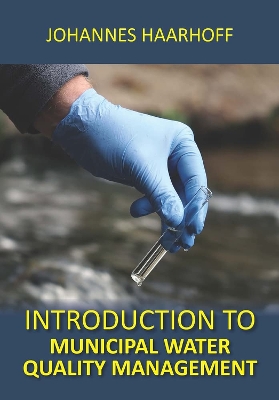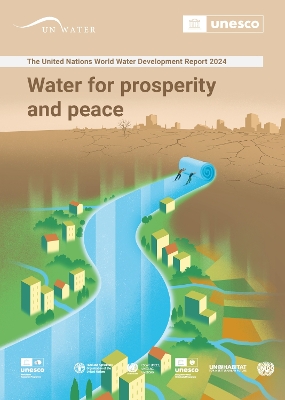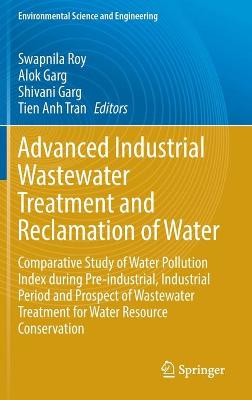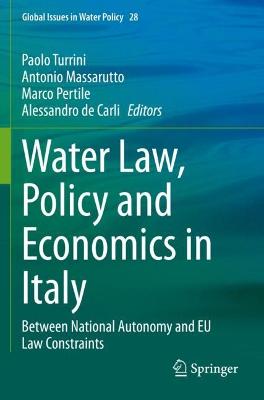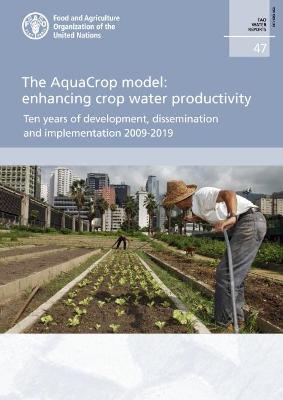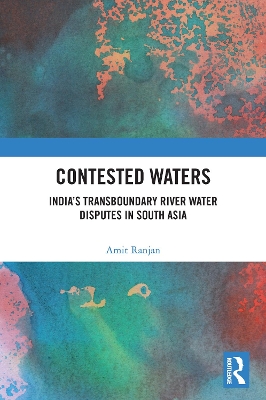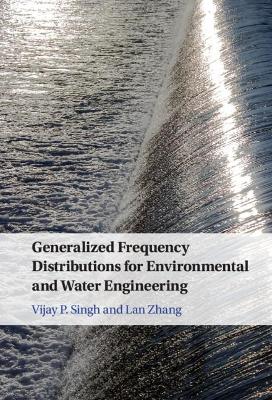Water Security: Big Data-Driven Risk Identification, Assessment and Control of Emerging Contaminants
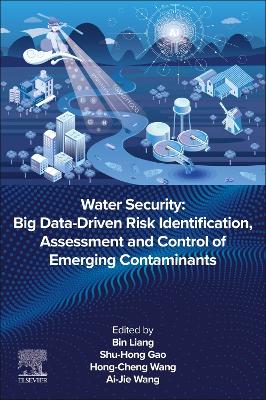 portes grátis
portes grátis
Water Security: Big Data-Driven Risk Identification, Assessment and Control of Emerging Contaminants
Liang, Bin; Wang, Hongcheng; Gao, Shu-Hong
Elsevier - Health Sciences Division
06/2024
380
Mole
Inglês
9780443141706
Pré-lançamento - envio 15 a 20 dias após a sua edição

